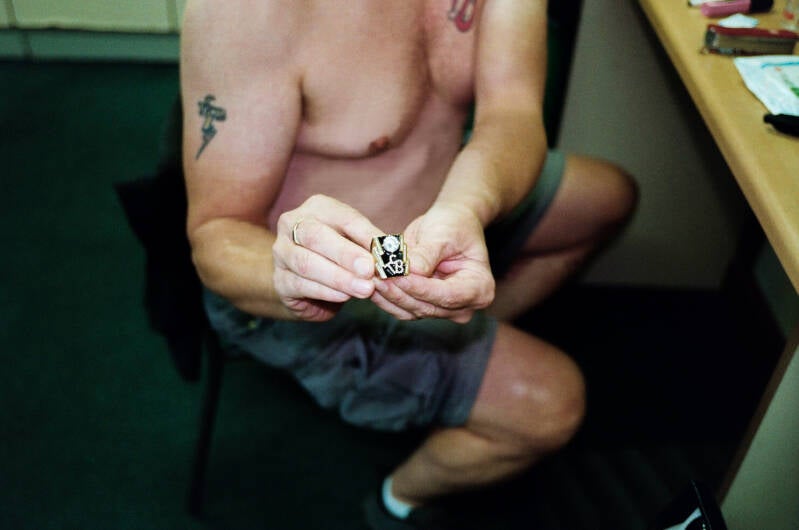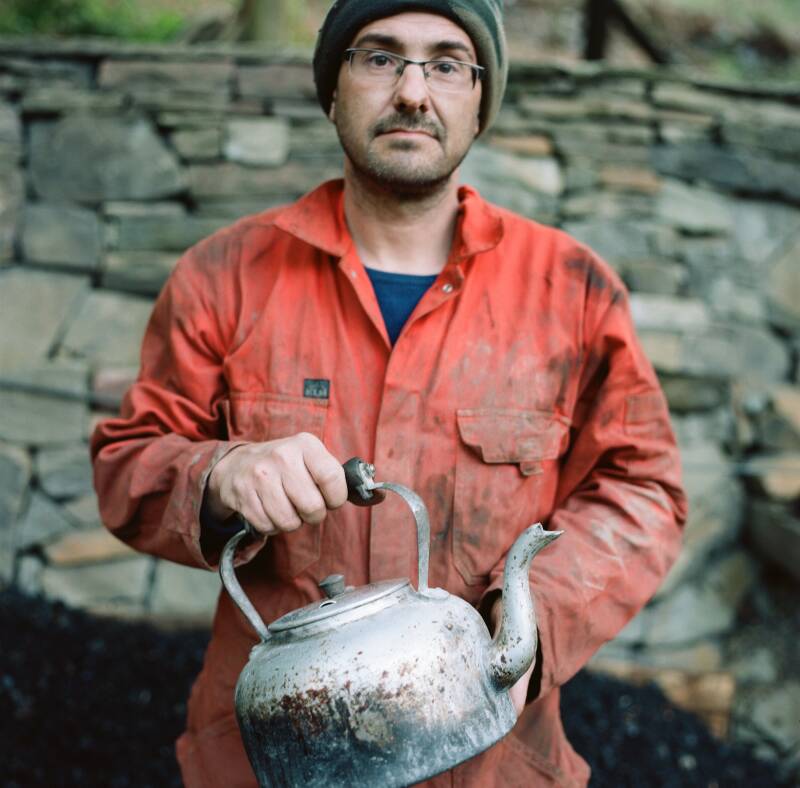Documentary Photos.
Documentary photography from various British projects.
Social documentary photographs from Britain. As a documentary photographer, longer projects are always a better conduit to expressing your thoughts on the story and getting closer to the subjects.
Here you can see examples of British black and white and colour documentary photography from my archives. You can contact me to buy documentary photographs or hire me to work on a project.
Focussing on Coal Face: which was a year long study of Free Mining, in the Forest of Dean, now much copied and appropriated. Published by The Independent.
Focussing on The Local Game: an in-depth project on amateur football, the grassroots of the English game. Published in Germany.
Focussing on Ow Bist Owd Butty: an original work which involved an extensive walk recording the streets and people of the Forest of Dean and Wye Valley region. This project was exhibited widely and opened many eyes to the social landscape that is retained along with that which is being lost. Published independently.
You can buy prints from all of these photographic collections upon request.
Please click on the Titles to see a selection of documentary photographs from the portfolios.
About the photos.
Brought up on a strict diet of Magnum Photos and in particular the sublime photography of Raymond Depardon and Marc Riboud it was inevitable that I would find myself with Leica in hand, walking around the country looking for images that have at their heart a sense that what is photographed was worried about, or to put it in "foto talk", the images are of the concerned photography type. What makes you put the camera to your eye is what marks your style and intent and reveals to some part your ambition. My ambition was to join Magnum but the talent was lacking for the world stage and I'm okay with that as I've had a good and difficult enough time working on smaller topics with a shorter reach. These topics, the target for my image making are no less relevant though, as somewhere, someone is local or connected to the photographs, be it directly or not, and it is surprising the impact that such associations have. Visual images can make powerful connections and I feel that identifying and making these connections is vital for the serious photographer. It separates snap-shot from art, it is that special thing that sometimes raises an image to that lofty position of high art - see Stephen Shore.
The three bodies of work shown here in the slide shows were born from the first project - Ow Bist Owd Butty. This was a surprisingly long walk around the Forest of Dean, first following the bus routes and later just following my instincts. I took with me each day a few rolls of film and enough change for travel and tea, thankfully the weather was kind most of the time allowing me to walk freely and without real hinderance, making pictures as and when I found them. The Forest has a lot to see and record and life in the Dean is constantly changing, not just with the passing clouds and seasons but also in the physical structure and the fabric of the society that lives there. It was these things and a sense of the past that fuelled my approach. One has to be mindful of the obligation though, one has to balance the view to deliver an honest visual product at the end, not embellished with trickery or false signifiers that could lead to an inaccurate reading of the visual syntax.
This latter point came up with the Coal Face project. Here I was presented with gentleman miners, not afraid of grime and hard work but not actually making a living at the task. However, these chaps are very much living the experience and take their roles as Heritage Miners seriously. I had to respect that and try to create photographs that reflected the original work of the Free Miners, the danger and cramped conditions etc but also the leisurely approach of the crew of workers. Even today with ultra modern equipment, the coal mine is a wet, dark and filthy place to hang out, especially for a photographer. Sometimes you go to a place or event and have an idea of what you might see and therefore, what photographs you might make, I was the same with Coal Face but found the situation much different to what I expected, it was hard to make images so the final result, when hung on a wall with a roomful of viewers it was a relief to see the pictures all work together. I was even glad I stuck with my game plan of shooting colour underground - everyone else shoots black and white - but I realised from my research that colour would be a much better way to relay the detailed information that exists underground, particularly the grime as this detail is actually lost in a black and white photo. It's all too easy to imagine the grime, but to actually see it gives a much better sense of the real environment.
And so we come to Division 2, a.k.a. The Local Game.
The approach here is straight documentary and it's where I feel most at home. It's a difficult genre as one has to balance honest story telling and information capture with strong composition and picture value. The Forest of Dean once again delivers the potential for story telling in photographs through it's own rich history of grassroots football across the region. This work is ongoing and I expect 2 to 3 years to be required to fully capture and relay the visual information which would be best viewed at a gallery and in photobook form. Again I'm working with the Leica and just one lens, though to be honest a good 50mm would be a great asset. With The Local Game I'm interested in the sidelines, the faces and events that make up the most interesting part of a football match. Many of the spectators are ex players and often the wives of ex players, though that is rare. The photography from this project will one day go to show, hopefully starting in or near to Bream or Coleford, maybe as early as mid 2022. A photobook, to replace the first year publication will also be created.
Thanks for reading about the photography from the Forest of Dean, England.
New Work...
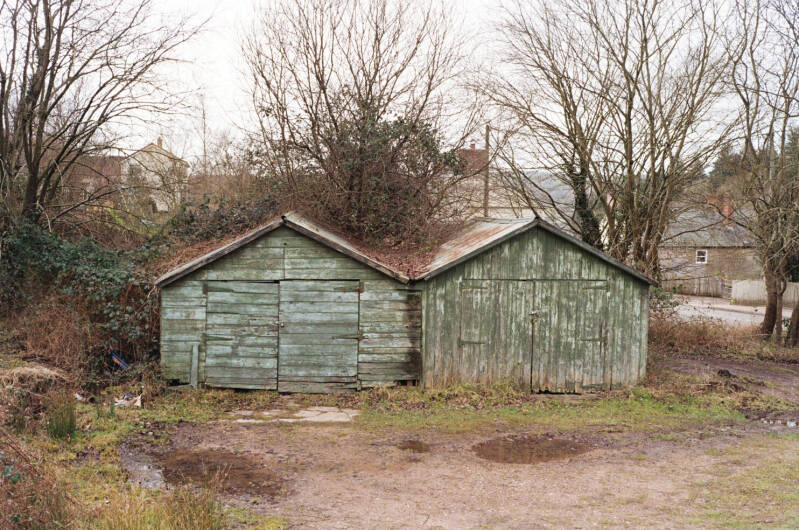
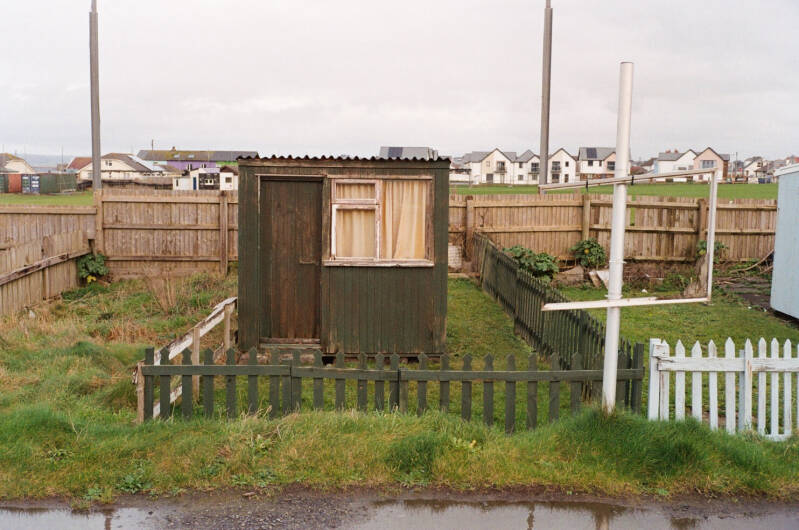
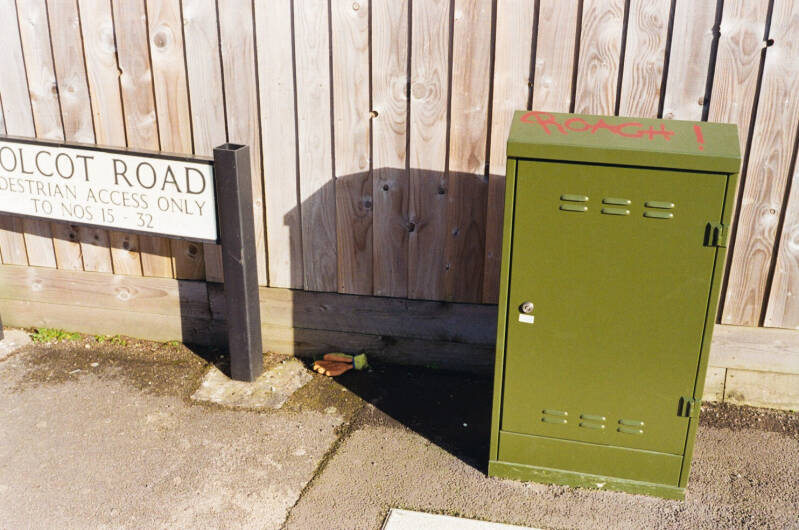

It's important to always extend ones vision and experiment with your photography. Too easily we stay in a mode that we know works and is acceptable to look at. I have always made unusual images, having been aware that constant copying serves no purpose and deems most work irrelevant. Moving more towards colour images is a big step for me and thankfully one that has been beneficial for me also, there are more possibilities and I find that non photographers are better able to read the visual syntax and form narratives. B/W has been smothered in nostalgia and repetition for a long time, and one should remember that Twitter is no metier, though there is still important work being made away from the regular institutionalised processes and names. Thankfully. As a medium it still has its place and I have certainly not abandoned it. The new work is based around common signifiers and creates a narrative about life in the UK post Brexit and Covid, (the latter is still with us), as seen and witnessed by this photographer/viewer. The work is on going and has pushed me to see more and try harder to make the connections from the tangled web of fragments and moments laid bare.
The new project will soon be available to view on the CBDP website in the form of a documentary photography exhibition, circa November 2022.
